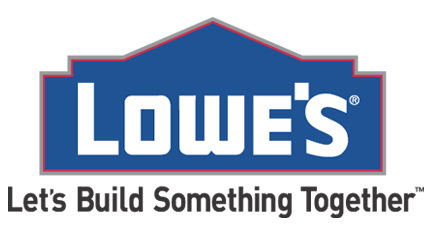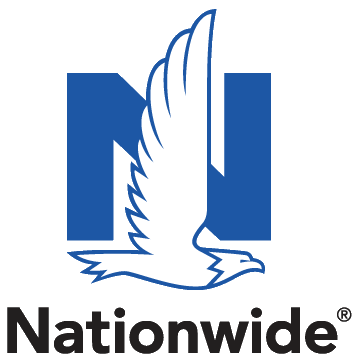Protecting visiting nurses has become increasingly challenging. Nursing is a noble profession—it requires treating patients with compassion, sometimes in their greatest time of need. But nurses are often subject to violence and safety risks both in hospital and home settings. We know violence occurs, but it goes underreported—one study found that 88% of violent issues in a hospital were not formally documented.
Visiting or home nurses are likely subject to even more violence because of the unique setting in which they work—traveling from house to house or apartment to apartment, and interacting with patients in their own homes. Violence these nurses do encounter is more likely to be documented in their patient notes than reported to their organization.
Here’s how visiting and home nurse organizations can reduce the risks against their nurses while traveling and while in patient homes.
Protecting Visiting Nurses in Homes
Crossing the threshold into a patient’s home means trusting that it’s a safe environment and you’ll be treated with respect. Visiting nurses could be subject to environments with illegal drugs and guns, verbal abuse, violence and assault. They also risk more exposure to blood-borne pathogens, communicable diseases and unhygienic conditions.
To protect nurses in the home, organizations should focus on a range of preventive strategies including in-home violence training, recognizing verbal abuse, infection control plans, and disposal plans for needles and worksite recordkeeping and evaluation. Following OSHA’s “Guidelines for Preventing Workplace Violence for Healthcare and Social Service Workers” on how to develop a violence prevention program ensures nurses take measures to prevent violence and accurately document issues.
Protecting Visiting Nurses While Traveling
To maximize nurse safety, organizations should ensure nurses have forms of emergency communication and train them frequently on what to do in neighborhoods where crime rates are high.
To determine what risks nurses may face in their travels, organizations should consider using data to understand crime risk. CAP Index’s CRIMECAST reports can be used to determine the prevalence and types of crimes that typically occur in a given neighborhood, enabling organizations to plan when and if visits should occur. Armed with this information, home health and visiting nurse organizations can determine if appointments should take place during daylight hours or if a security escort is needed for a nurse to make a visit.
For home health and visiting nurses, avoiding all risk is impossible. But understanding the factors that could increase risk in a neighborhood and in a patient home can help organizations and nurses plan and work toward preventing violence.
Get in Touch Now
Our experts can answer your questions.
Latest Posts

CAP Reports are critical to my risk assessments. They have enabled us to take a more surgical approach to investing in our stores that need it the most.
Brad Reeves
Senior Manager of Asset Protection
Five Below, Inc.

CAP Index is the first tool I turn to when time is of the essence. I can always depend on CAP Index to provide me qualified crime information within a very few minutes that I feel comfortable reviewing with the C-Suite.
Stephen A. Brown, CPP
Director, Corporate Security / Facility Security Officer
Burns & McDonnell

CAP Index data is a vital part of our security decision-making process.
Keith McGlen, CPP, CHPA
Associate Vice President
System Security Services
Memorial Hermann Health System

CRIMECAST® Reports have helped our organization for many years to proactively assess the particular risk for crime surrounding our facilities. The CAP Index® CRIMECSAST Platform is an easy-to-use online service that provides us with the flexibility to share and decentralize crime risk data within our North America business units.
Carlos J. Cortez,
Manager, Global Security Programs,
Kraft Foods, Inc. / Mondelez International

Our property selectors are not discouraged from a site just because it receives a high score. What we do is issue every store – all of them – a security classification. The classification determines how we allocate our security resources to that store.
Claude Verville,
Lowe’s

CAP Index's online platform, CRIMECAST, is great. It is easy to use and quick!
Ken Wieczorek,
Bank of America

In industries where there is high public contact and a customer is coming to our location (such as retail), why would you leave it to chance when planning security when there is an easy, affordable tool? When investing a million dollars on a location, what is this small charge compared to what it may cost you when you get sued?
Jay Beighley,
Nationwide Insurance

CAP Index assessments are a must for anyone engaged in asset protection. The new website is much improved and as important, easy to navigate.
Bruce List,
The Williams Companies

We have been using CAP Index for a few years and include it in our security vulnerability assessments. Highly recommend it.
Dan Yaross
Director, Protective Services
Nationwide Children's Hospital
 Sample CRIMECAST Reports
Sample CRIMECAST Reports